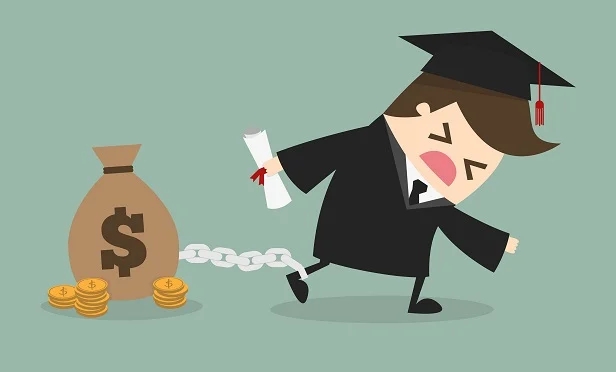For more information and inquires, check out https://linktr.ee/fortheloveofyoualways.
In recent years, the issue of student loan debt has become increasingly prominent, affecting millions of Americans and hindering their financial stability and future prospects. With student loan debt reaching unprecedented levels, many have called for urgent action to address this crisis. In response to mounting pressure from advocates and borrowers alike, President Joe Biden has made strides in tackling this pressing issue through various initiatives and executive actions. In this blog post, we will explore Biden’s continued efforts to alleviate the burden of student loan debt and their potential implications for borrowers across the nation.
Understanding the Student Debt Crisis:
The student debt crisis in the United States has reached alarming proportions, with outstanding student loan debt surpassing $1.7 trillion. For millions of borrowers, repaying student loans has become a significant financial burden, often hampering their ability to achieve key milestones such as homeownership, saving for retirement, or starting a family. Additionally, the disproportionate impact of student debt on marginalized communities exacerbates existing inequalities and stifles economic mobility.
Biden’s Commitment to Addressing Student Debt:
Since taking office, President Biden has demonstrated a commitment to addressing the student debt crisis and providing relief to struggling borrowers. One of his key campaign promises was to enact significant reforms to alleviate the burden of student loans, particularly for those facing financial hardship. While comprehensive legislative action on student debt has faced challenges in Congress, Biden has utilized executive authority to implement targeted measures aimed at providing relief to borrowers.
Continued Executive Actions:
One of the most notable actions taken by the Biden administration is the extension of the pause on federal student loan payments and interest accrual. Initially implemented in response to the COVID-19 pandemic, this moratorium has been extended multiple times, providing temporary relief to millions of borrowers. Additionally, President Biden has expanded eligibility for income-driven repayment plans and streamlined the process for borrowers to apply for loan forgiveness programs.
Calls for Further Action:
Despite these efforts, many advocates and lawmakers continue to push for more comprehensive solutions to address the student debt crisis. Calls for widespread student loan forgiveness, ranging from $10,000 to $50,000 per borrower, have gained traction among progressives and grassroots organizations. Proponents argue that broad-based debt cancellation would provide immediate relief to millions of borrowers and stimulate economic growth by freeing up disposable income.
Implications for Borrowers:
The ongoing debate over student loan debt has significant implications for borrowers across the country. While continued executive actions provide temporary relief, the long-term impact of these measures remains uncertain. Borrowers are advised to stay informed about developments related to student loan policy and take advantage of available resources and assistance programs. Additionally, engaging with elected officials and advocacy groups can help amplify the voices of borrowers and shape future policy decisions.
Looking Ahead:
As the Biden administration continues to grapple with the complexities of the student debt crisis, the need for comprehensive reform remains evident. While executive actions provide short-term relief, sustainable solutions require legislative action and bipartisan cooperation. Moving forward, policymakers must prioritize the interests of borrowers and work towards creating a more equitable and accessible higher education system.
In conclusion, President Biden’s efforts to address the student debt crisis represent a significant step towards providing relief to millions of borrowers burdened by student loans. While executive actions have provided temporary reprieve, sustained advocacy and legislative action are necessary to enact lasting reforms. By prioritizing the needs of borrowers and implementing equitable solutions, policymakers can pave the way for a brighter and more inclusive future for all Americans.
